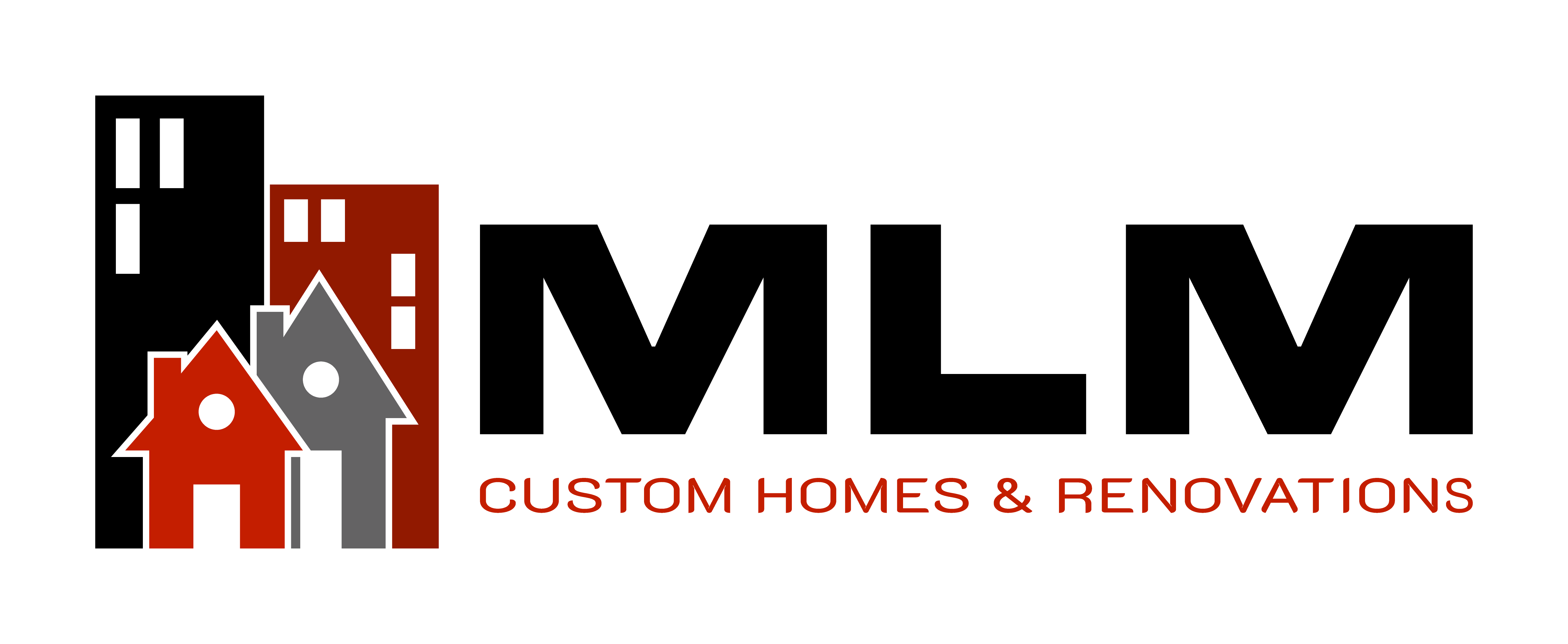Use these professional prevention and restoration tips in case of flooding.
Every home located in a coastal flood zone is vulnerable to water damage from heavy rains, or worse, a devastating storm during hurricane season, which officially started on June 1 and lasts until November 30. When disaster hits, it’s important to keep in mind storm prevention and restoration in the case of the inevitable.
Homeowners, especially in New Orleans, and along the rest of the Gulf Coast, are particularly vulnerable since the area has been excessively targeted by storm landings in the past few years. The National Oceanic and Atmospheric Administration are predicting another active season, so now is the time to both prepare for and avoid common DIY flood cleanup mistakes if a deluge of moisture damages your living space. Improper techniques can affect your health, wellness, and the structural integrity of your property. Here are our tips for storm prevention and restoration.
PREVENTION
First, take the necessary steps to protect your dwelling—whether a primary residence or business—from flooding.

- Protect yourself. If flooding is imminent, make sure to have an emergency plan in place and give yourself enough time to react and evacuate somewhere safe. Arrange to stay at a friend’s house, book a hotel room outside the impact area, or find out the exact route to an approved shelter. Also, pack bags with extra clothing for you and your family, as well as enough toiletries and cash to get you through a few days. Carry your insurance policy numbers, as well as the contact information for your adjuster. Your health, wellness, and safety are more important than anything, so make sure to plan ahead.
- Protect your wallet. Unless you live in a specified flood zone and your mortgage lender has already required you to obtain a separate flood insurance policy, know that your homeowner’s insurance will not cover the water damage. You must acquire a separate policy.
- Protect your home. A few simple steps can make all the difference when preventing flood damage and costly repairs.
- Patch any cracks in your foundation with sealant. You can buy inexpensive mortar or masonry caulk that will fill in any cracks in the foundation, both inside and outside. If water seepage has been a continuous problem, you may want to consider a more permanent fix and call a professional. Coat and seal any areas of your house that are susceptible: fill any gaps in walls, windows, or doorways that will help keep water from penetrating your home. You can easily find these sealants at most hardware stores or home retailers.
- Relocate any expensive or items of sentimental value to higher ground. Maybe store them in your attic (if your roof is secure and has hurricane-approved straps). Or, if you have a multiple-story home, move your valuables to the second or third floor.
- Clear all debris from your gutters and drains to allow water to run freely through them. You can also utilize sandbags to block any gaps that could lead to flooding.
- Install a flood sensor. Most home security systems offer flood sensors as add-on equipment. These devices detect small leaks before they can cause significant damage, saving you potentially thousands of dollars.
- Have sewer or septic “line-check” valves installed. These allow waste to be able to flow only one way which will avoid sewage from flooding into your home.
- Unplug all electrical equipment and, if possible, have your electrical outlets and switches raised to at least one foot above flood level.
- Have your lawn graded away from your house. It only makes sense: If your lawn is tilted towards your house, water will eventually find its way inside.
- Raise your appliances. Water heaters, washing machines, air conditioners, etc. This can be as simple as placing your appliances on cinder blocks to keep them above water.
- If flooding is imminent, use sandbags to block the brunt of the water from entering through your doorways.
Each of these recommendations will help secure your home from potential water damage, as well as ensure your health, wellness, and safety during a potential hurricane situation.
RESTORATION
Next, here are the proper ways to clean up after a flood and return your home to its original, comfortable condition while avoiding common DIY pitfalls.

- Prepare and beware. Before working on anything inside the dwelling, make sure the property is secure before beginning the process.
- As a primary precaution, turn off the gas, water, and electricity and wear protective gear. Check for signs of any dangerous creatures—snakes or otherwise—that may have come in with the water.
- Look for cracks in the foundation, broken pilings, shifted stairs, slanted floors, and walls, and do not enter if you see any major structural areas that have been compromised. Also, do not step on any sagging floors or walk underneath any drooping ceilings. If the ceilings are wet, do not turn on any lights or ceiling fans.
- Safe to start cleaning. Once you’ve determined that the building is sound and secure, run through this checklist of priorities first:
- Make sure that your running water is safe to drink and to use for cleaning. Also, flush your toilet before you use it to check for clogs caused by possible mud or debris.
- Inspect the cabinets and other larger furniture items to ensure that they aren’t ready to fall over.
- Temporarily patch holes in the walls and roof with plastic wrap and repair floors and roof sections with 4X4s if you can do so safely.
- Remove debris and drain water trapped in walls.
- Open all doors and windows to create ventilation.
- Use a wet vac, shop vac, fans, dehumidifiers and desiccants (materials that absorb moisture) to help dry out the property.
- Do not try to do any electrical or structural work yourself, nor should you use any generators, gas grills, or charcoal inside the home.
- Remove the following items that could harbor mold: wall coverings, drywall, finished ceilings, insulation that’s been in contact with flood water, all permeable materials such as padded furniture and foam rubber, and any exposed food, beverages and medicine, including canned goods.
- Disinfect dishes and other items with soap and hot water, but throw out all soft plastics. The hard surfaces can be cleaned with hot water and soap or detergent. Wipe down wooden items and move them to where they can dry out quickly.
- Save things such as books, documents, and photographs in resealable bags and freeze them to be cleaned later.
- Place aluminum foil or wood blocks in between wet floors and the legs of furniture that can’t easily be moved.
- Contact your insurance adjuster immediately. Before or while the restoration process is in progress, it’s best to go ahead and contact your insurance company immediately to have them assess the damage.
- Make a detailed list of the damage and take photos or videos.
- Save a piece of your damaged floor or wall coverings to show your insurance assessor.
- Check with your mortgage holder before cashing home insurance checks, especially if the damage is extensive.
Armed with these tips and guidelines on storm prevention and restoration, home and business owners—especially in New Orleans and the surrounding northern Gulf of Mexico coastal regions—can adequately prepare and protect themselves and their property or start the DIY restoration process when affected by flooding from hurricanes or excessive rains. If the damage is too extensive to complete yourself, please contact a professional to maintain your health and safety, as well as the structural integrity of your home or building.
MLM is always available for help when it comes to storm prevention and restoration. For complex jobs when it comes to keeping your home safe or restoring it after a damaging storm, contact us. We’ll get the job done right.

